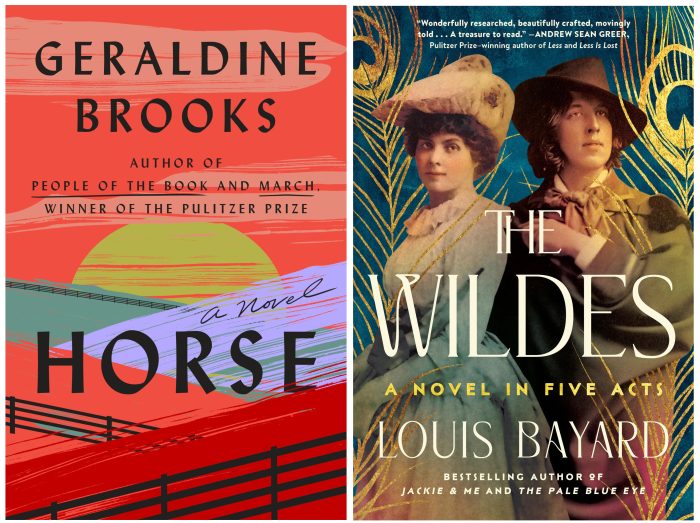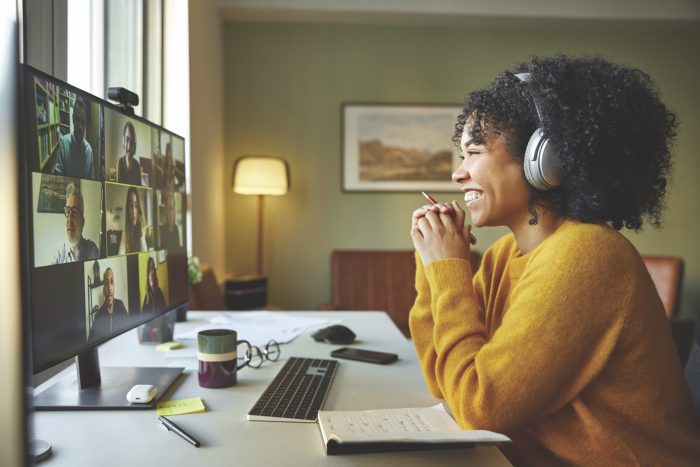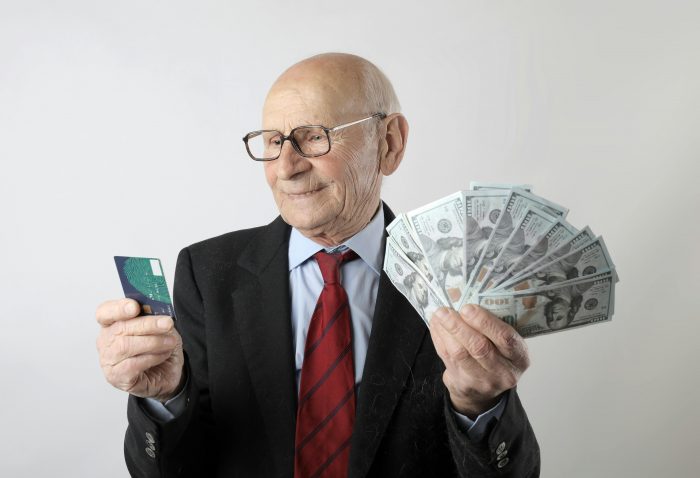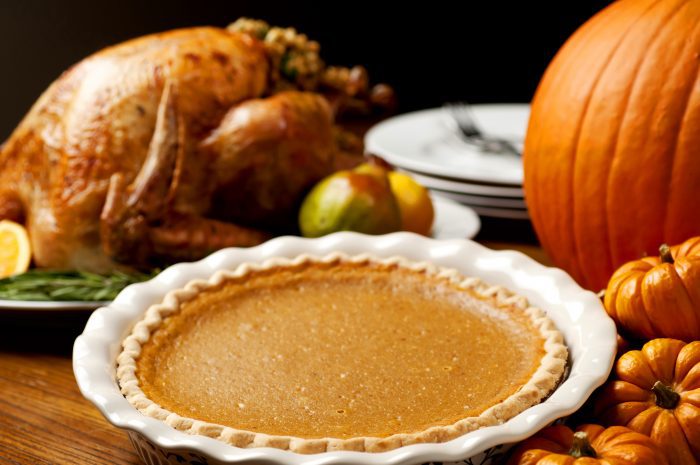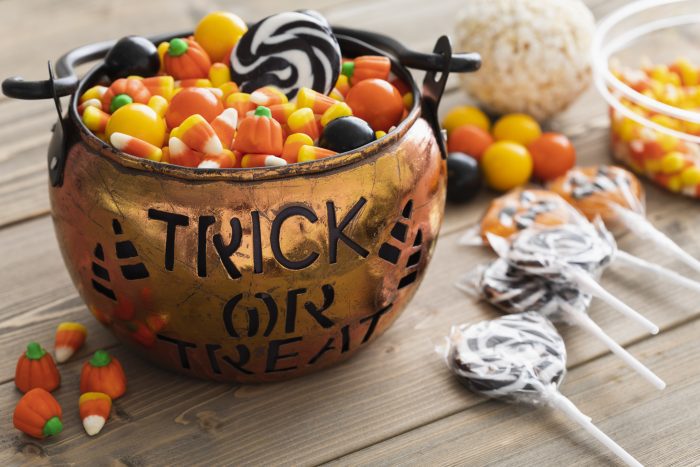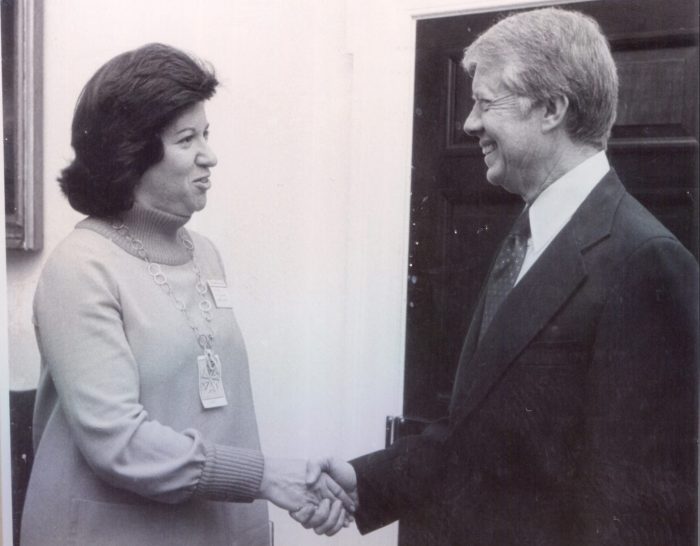By Leah S. Dunaief

Publisher
They weren’t really New Year’s resolutions but rather goals I set out for myself during the holidays when the office would be closed and we would be on a staycation. Did I meet them? Even though I was ill with a nasty upper respiratory infection for the entire time off, I did manage to accomplish the desired result.
What were they? I wanted to read two unusual books, recommended by The New York Times, over the 10 day period. And I did.
Now that may not sound like such a challenge to most people, but my reading, because of my job, is to keep up with the news. After all, I am a newspaper publisher and newspapers provide the first draft of history
So reading books, for me, is a luxury, and I’d like to tell you what two books I read because I found them engaging and would, in turn, readily recommend them. One was the beautifully written, “Horse,” by Pulitzer-prize winning author, Geraldine Brooks. I should tell you that my favorite reads are historical fiction and biographies. Those are, for me, effortless ways to learn history and any other subject with which the characters are involved.
“Horse” is indeed about a four-legged animal named Lexington, probably the most famous American racehorse in our history, who lived in the mid-1800s and about art. The horse is the literary device that ties the characters, who live in three different centuries, together. Some of them live before and after the Civil War, some in mid-century 1900s and the rest in the 2019. With that temporal range, Brooks touches on key themes: class, race, regional cultures, war, and the intelligence and loyalty of animals. The book, to a remarkable extent, is based on real people, as evidenced by the extensive research provided by the author in the coda called, “Lexington’s Historical Connections,” and it has a riveting plot.
Now I happen to love horses, always did from my earliest memories, when I was enchanted by the horses and riders on the trail in Central Park and begged to join them. I believe that’s a passion handed down through our genes. My mother’s father, I was told, was something of a horse whisperer, and my father was persuaded to take time from his work, something he almost never did, and accompany me one afternoon on a horseback ride through the park when I was about six years old. Since he had grown up on a farm, riding was familiar for him, although he did ask the stableman where we rented the horses if he could ride bareback rather than on what he called the “postage stamp” English saddle. The groom leading out the horses for us was stunned. Surprisingly he let us ride away toward the park.
But back to the book. It is not only the tale of the remarkable horse that engages the reader of this beautifully written novel. It is the rendering of the time and place in which each character lives, the deftly drawn personalities of the people who populate the stories, the challenges and tensions of their times, and ultimately how much and also how little times have changed.
And if you are an animal lover, the true heroes of the book are the animals.
The second book, which I happened to read first, was “The Wildes,” by Louis Bayard. While it doesn’t have the runaway narrative of “Horse,” it is more of a look back in time at the way Victorian England viewed homosexuality. The theme is developed through the lives of Oscar Wilde’s wife, Constance, and two sons. We meet them half a dozen years before his infamous trial in London, when they seem to be living a luxurious and loving pastoral existence. He is highly regarded as a famous author, playwright and witty companion, and she is involved in feminist causes. Enter the aristocratic young poet, Lord Alfred Douglas, and the reality of life at that time begins to change the narrative. Ultimately it is Douglas’s provocative father, who causes Wilde to sue for libel, throwing his life open to titillating and legal inspection that brings ruin to the whole family.
The book is both witty for its clever dialogue and sad for all the shadows it reveals about the Wildes, society at the end of the 19th century, and what might have been in modern times.

